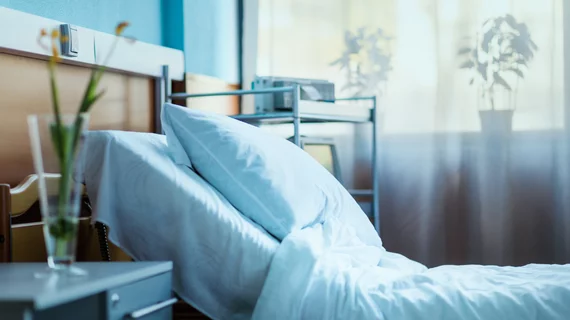Machine learning to help predict risk of pressure injuries
A team of researchers used machine learning to help develop a model for predicting surgical critical care patients’ risk of developing hospital-acquired pressure injuries, according to a study published in the American Journal of Critical Care.
The researchers used a machine-learning approach to help build their model because it allowed data from patient electronic health records (EHRs) to be analyzed. Researchers then developed the model by using a random forest algorithm. Typically, other models require clinicians to input information into a tool in order to make predictions, the study said.
Pressure injuries, also known as bed sores, occur when there if damage to skin or underlying tissue that can be a result of prolonged pressure. Pressure injuries are rated in stages, and often result in longer stays, increased costs and more suffering compared to patients that don’t develop the condition. Hospital-acquired pressure injuries occur in about 3 percent to 24 percent of critical care patients in the United States, the study said.
The hope is that the model can eventually identify patients with a greater risk of developing pressure injuries and who will benefit most from interventions, such as more frequent skin inspection or specialty beds.
The model may be the first to leverage machine learning to predict development of pressure injuries among critical care patients. Machine learning is frequently being used to help predict other conditions across healthcare settings.
“Current risk-assessment tools classify most critical are patients as high risk for developing pressure injuries and therefore do not provide a way to differentiate among critical care patients in terms of pressure injury risk,” Jenny Alderden, PhD, principal investigator, assistant professor at the Boise State University and adjunct assistant professor at the University of Utah, said in a statement. “Eventually, our model may offer additional insight to clinicians as they develop a plan of care for patients at highest risk and identify those who would benefit most from interventions that are not financially feasible for every patient.”
The team analyzed five years of data on some surgical patients at the University of Utah Hospital in Salt Lake City, and had a total sample of 6,376 patients over a five-year period. Of those patients, 516 acquired stage 1 or higher pressure injuries, while 257 acquired stage 2 or higher pressure injuries.

